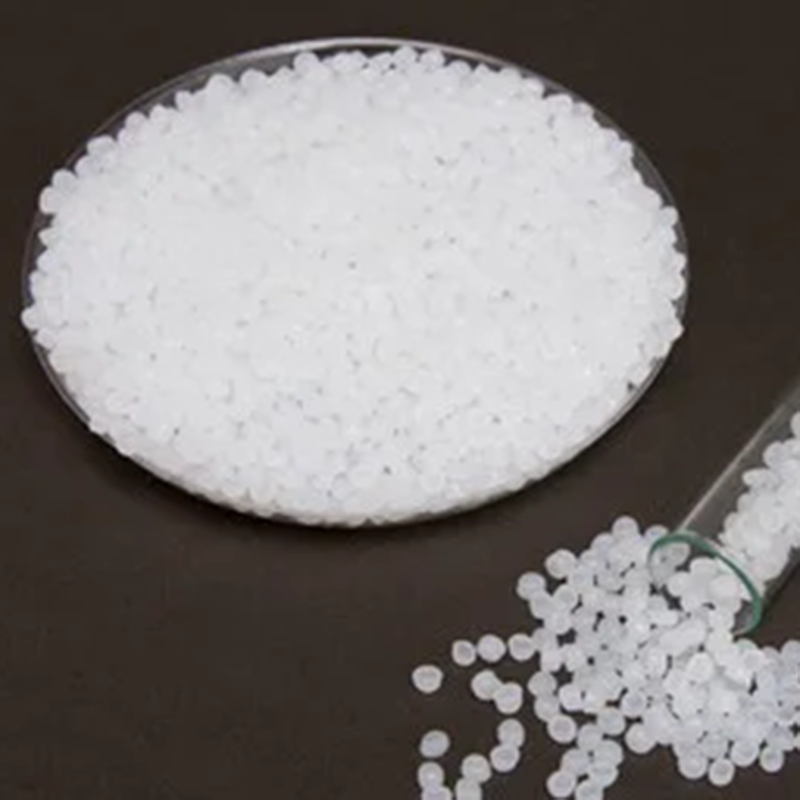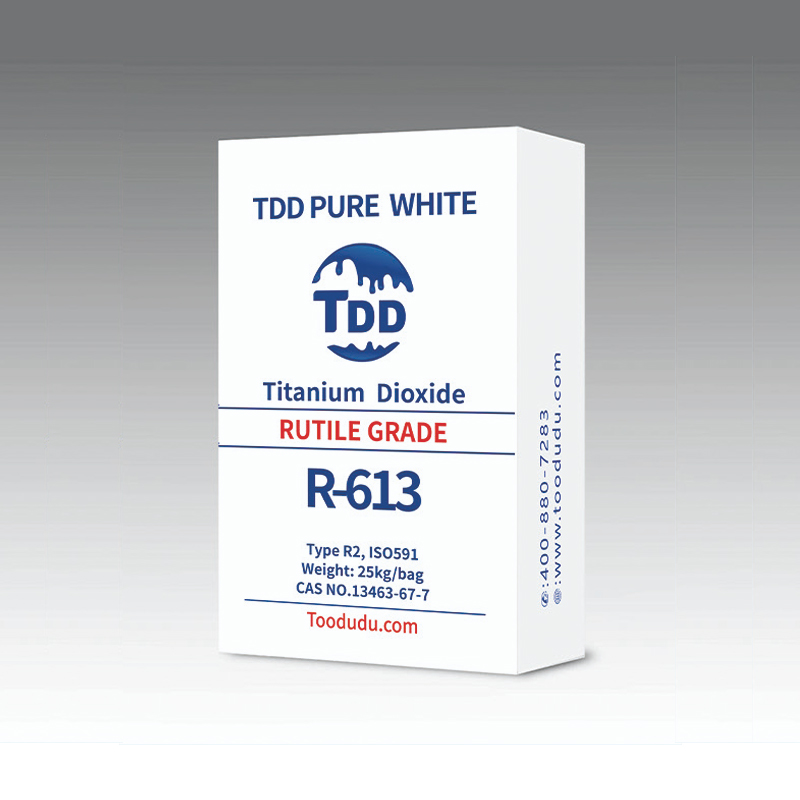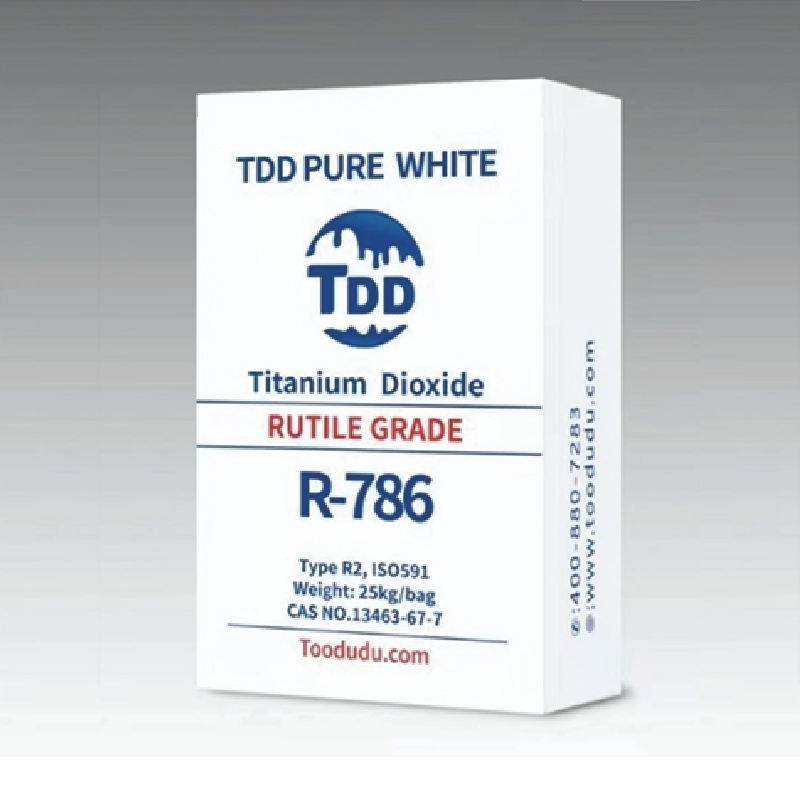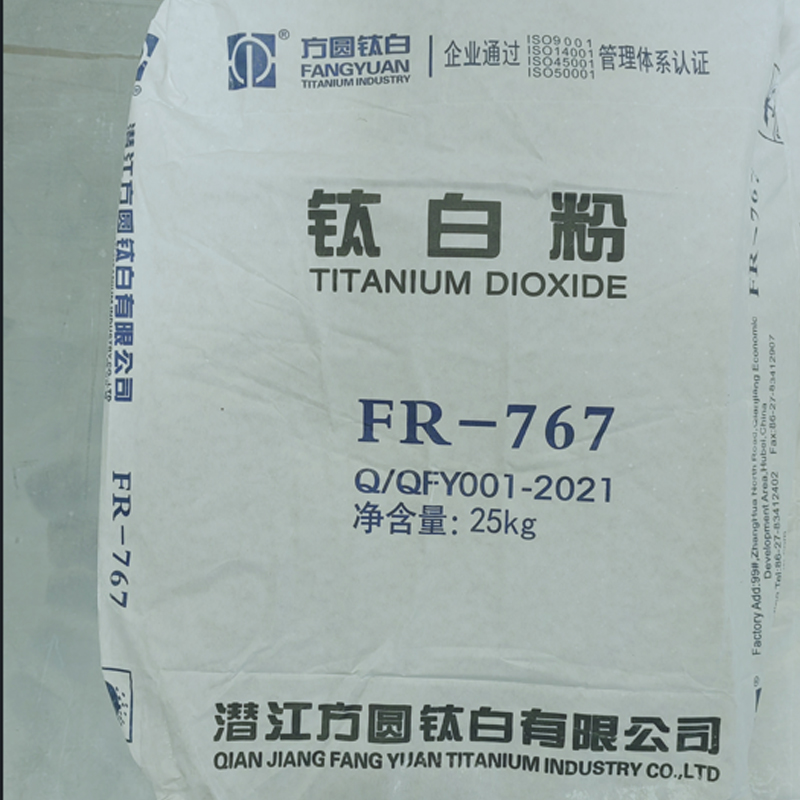An offset printing press is a type of lithographic printing press . During printing, the printed images and text are first printed from the printing plate onto the rubber cylinder, and then transferred to the paper by the rubber cylinder.
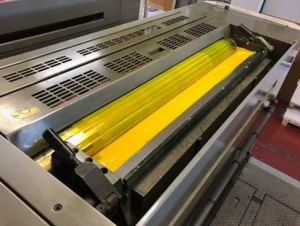
Offset printing machines can be divided into sheet-fed offset printing machines and web-fed offset printing machines according to different paper feeding methods; according to the number of printing colors completed in one paper pass, they can be divided into single-color, two-color, four-color and multi-color printing machines; according to the printing substrate The maximum paper format can be divided into small offset printing presses , six-open, four-open, half-open and full-sheet printing presses.
In addition, there are double-sided printing presses that can complete two-sided printing at the same time in one paper pass. Sheet-fed offset printing press is a lithographic printing press , used for printing high-grade commercial prints and packaging prints, and is the mainstream of modern paper printing.
development path #
birth #
In 1904, Mr. Caspar Hermann of Germany was trying to improve lithographic printing technology, trying to find a new production method through countless experiments. The American Mr. Ella Washington Roubaix got involved in this research work by accident. During a printing job, Ira Washington Roubaix noticed that a piece of paper did not travel along the normal path during the printing process. He tried to print patterns on both the front and back of the paper. The image was first transferred from the printing plate to On the blanket of the impression cylinder , and then onto the paper. An unexpected scenario occurred: This indirect imprinting method produced a product with higher printing quality, and the elastic blanket surface transferred the ink to the paper more evenly. The printing method developed simultaneously by Caspar Hermann and Ira Washington Roubaix was born. This is the origin of what we often call offset printing. They separately designed sheet-fed offset printing equipment, but it was not immediately commercialized. It was not until 1912 that the world’s first web offset printing equipment, Universal, was launched, with a speed of 8,000 sheets/hour, and the offset printing machine was truly recognized by the world.
prototype #
In 1911, KBA and Manroland , which had decades of experience in the production of letterpress and gravure printing machines , developed their first offset printing machines. From then on, they began to make more attempts in the field of printing.
In the 1920s, companies such as Manroland, KBA, and Komori all launched their own sheet-fed and web-fed offset printing equipment. In cooperation with related companies, we have developed various automated printing equipment with paper delivery units, refrigeration units, folding and drum drying components.
In 1932, KBA (Radebeul Company) launched the world’s first four-color sheet-fed offset printing press, Planeta-Deca, which took offset printing technology a big step forward.
World War II destroyed many factories, and the development of offset printing technology was also affected, stagnating for more than ten years.
In the 1940s, the boom in American newspaper production and mass circulation further promoted the advancement of offset printing technology. After 1945, offset printing made it possible to achieve high quality and high requirements for commercial advertising. In contrast, producing four-color continuous-tone images using letterpress printing techniques became expensive and time-consuming. As the industry’s demand for image and printing quality continues to increase, offset printing technology has made new breakthroughs.
growing up #
In the 1950s, printing technology emerged one after another and developed rapidly. The emergence of imagesetters broke the 540-year printing history of movable type typesetting for the first time and led to the emergence of digital image and text typesetting. Especially the emergence of the second generation imagesetters in 1954 made the typesetting technology Go to the next level. In 1956, the emergence of prefabricated photosensitive plates (PS plates) and plate-making equipment made offset printing technology a fish in water. At the same time, the demand for offset printing technology increased significantly. In the 1950s, manroland, KBA, Komori, Akiyama, etc. successively developed their own two-color and four-color offset printing equipment.
In the 1960s, the issue of ink balance during the printing process became the key to the development of offset printing technology. He invented alcohol dampening solution, and since the advent of the Dahlgren continuous dampening system in 1960, offset printing has begun to reach the level of clarity achieved by letterpress printing and compete with mature letterpress printing for the market.
In 1962, Heidelberg launched KOR, an offset printing machine modified from a letterpress printing machine, on drupa, thus entering the offset printing market. The emergence of small offset printing equipment such as KOR, as well as the ABDick350 and 360 series of small offset printing machines, attracted a large number of offset printing machine users. Most of them are small printing companies, which drives the rapid development of offset printing on a global scale. At this stage, various offset press manufacturers continued to launch new offset presses. In 1965, KBA made a huge breakthrough in sheet-fed offset printing technology and produced the world’s first unit-type and double-diameter imprinting and paper transfer machines. Cylinder printing press, this design was adopted and is still the mainstream form of sheet-fed printing press today.
Although the offset printing process had not yet been widely adopted around the world at this time, a considerable number of people had realized that it was a better quality and more accurate printing method.
In the 1970s, commercial printing began to develop vigorously. Printing technology (color printing system) developed towards automatic high-end color separation technology and full-page typesetting design system. It gradually bid farewell to photographic color separation and manual color separation, making color images easier to transmit and Realize “what you see is what you get”. Although the color printing system is expensive and cannot be widely used in printing plants, it has been concluded that it is the future development direction of offset printing technology.
The electrostatic printing introduced by Xerox at that time also pushed offset printing technology to a new level in a sense. The convenience and speed of electrostatic printing are particularly suitable for the needs of short-run printing, forcing printer manufacturers to keep up with market demand and focus on To improve the printing speed and automation of the equipment. Therefore, in the offset printing presses launched during this period, the unit printing press, button control and mechanical automatic ink supply system became standard configurations, and the printing speed was also improved.
At this time, various offset printing rookies continued to appear. In 1971, Akiyama originally designed and developed a 3-diameter impression cylinder and a four-open, four-color machine Hi-Ace426 with a speed of 10,000 sheets per hour; in 1972, Manroland produced the first modular machine Printing press – Rondoset offset press and the first ROLAND 800 sheet-fed offset press with ink compensation control system, its printing speed can reach 10,000 sheets per hour, and the launch of COLORMAN, the largest rotary printing press in Europe at the time; in 1974, Heidelberg Launched the first model of a new generation of printing presses – the Speedmaster 72V four-color offset press ; in 1974, KBA (Planeta) launched the world’s first sheet-fed offset press with eight units.
Rapid development #
In the mid-1980s, printing plants began to use computers to control the printing process. Most of the offset presses in this era realized automation of ink transfer, dampening, registration adjustment and plate reading, simplifying operations and improving printing efficiency. The application of computers in offset printing and the advent of film output machines have greatly improved the working efficiency of offset printing machines. Many offset printing machines launched in the 1980s were equipped with ink remote control systems, computer-controlled pre-inking systems, dampening unit control, alcohol-free dampening, color control systems, flipping devices, etc. Representative models include Heidelberg GTO52 and Akiyama HA1P40. , Hi-Ace432 and Bestech32, Komori Riselong L40, etc. as examples. It is worth mentioning that in 1985, KBA produced the Rapida 104, the world’s first split sheet-fed offset press with a printing speed of 15,000 sheets/hour.
In the 1990s, the birth of the direct-to-plate system (CTP) was the most important contribution to offset printing technology, bringing the work efficiency and application of offset printing machines to unprecedented levels. Offset presses are more automated and digital technology is more widely used. The highlight of this period was the GTO-DI, the world’s first on-machine direct-to-plate printing press jointly launched by Presstek and Heidelberg at the Print 91 Chicago Print Show, which represented the future development direction of short-run offset printing. At IPEX 98, the Heidelberg Speedmaster SM 74 DI direct imaging offset press was exhibited for the first time and caused a sensation around the world. Today, these configurations may no longer seem new, but at the time it was comparable to laser printers and met the needs of on-demand color printing. Even on drupa 2000, many printing press manufacturers launched their own DI solutions. In 1997, KBA launched the Compacta 215, the world’s first commercial web offset press that fully adopted shaftless technology, which was also an important breakthrough in the development of web offset presses. Since then, shaftless technology has been widely used in web offset presses. Heidelberg CP Window, the world’s first fully digital printing control system, also met users at drupa1990.
At this stage, the offset printing press products launched by major manufacturers have become more mature and complete, and have begun to develop in the direction of multi-color groups and multi-functions, making multi-color group double-sided printing, connected varnishing and drying no longer just a dream. Manroland launched the Roland 700 and Roland 300, medium-sized machines with a printing speed of 15,000 sheets/hour, and the Roland 900, a large-format sheet-fed offset press with an innovative concept; Komori was the first in the world to develop the Komori fully automatic plate changer (Full-APC) ; The new production line of Heidelberg Speedmaster SM74 offset printing press strives to dominate the four-format (52cm × 74cm) printing market; KBA launches the first ten-color (five-to-five) Rapida printing press; Akiyama designs and develops a unique high-performance roller arrangement , high efficiency, high value-added Jprint type sheet-fed double-sided printing press; Komori developed multi-color double-sided offset printing machine LITHRONE 40SP, etc.
Classification #
Offset printing machines can be divided into single-color, two-color, four-color and multi-color printing machines according to the number of printing colors completed in one paper pass. According to the maximum paper format that can be printed, it can be divided into small offset printing presses, six-open, four-open, folio and full-sheet printing presses. In addition, there are also double-sided printing presses that can complete two-sided printing at the same time in one paper pass. According to the dampening system, it can be divided into alcohol machine (that is, the offset printing machine with alcohol dampening version), water truck (that is, the offset printing machine with water dampening version) and waterless offset printing machine.
future #
The offset printing technology jointly invented by the German Caspar Hermann and the American Ella Washington Roubaix triggered a complete revolution in offset printing technology. This breakthrough enabled the offset printing technology to develop for a hundred years and occupy the entire The printing industry produces 70% of the market. As a technology that has lasted for a hundred years and is constantly improving, the development of offset printing technology is closely related to the development of the global economy and the progress of mankind. A hundred years of history have made it more mature and exciting.

 2024-02-19
2024-02-19 